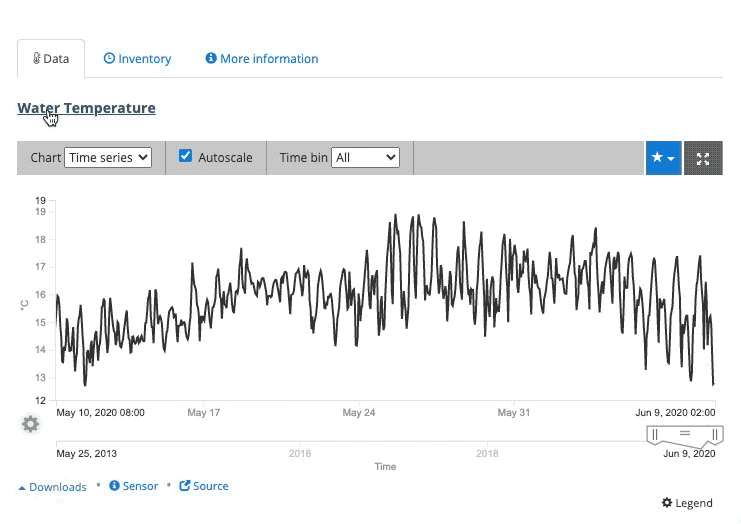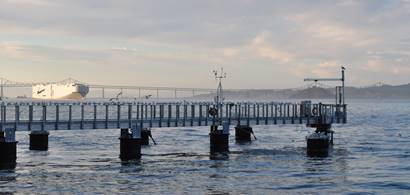A cornerstone of the CeNCOOS observing program, shore stations and coastal observatories collect real-time data on ocean conditions up and down the coast. The program was established as collaboration between different universities, laboratories, and non-profit organizations to leverage their domain and technical expertise.
Accessing the Data
Data Portal
All of this data can be centrally accessed through the CalOOS Data Portal and through the links to the right. For more information on the Data Portal and how to use its many features, see this tutorial on “accessing shore station data”.
ERDDAP Service
ERDDAP is a web service widely used in the ocean observing community. It provides a stable and consistent way to access data from all types of sources. This makes ERDDAP ideal for accessing data programmatically using computing languages like R, Python, or Matlab. ERDDAP also comes equipped with RESTful web services, so it can be used in web application.
THREDDS Data Server (TDS)
THREDDS, similar to ERDDAP, is a data service widely used in the marine, atmospheric, and climate sciences. We uses THREDDS to serve many different types of data, including the shore station data. Data on THREDDS can also be accessed programmatically with some really cool results (THREDDS Lazy Loading Example).
Quality Assurance and QARTOD
We use a quality control scheme to determine how the quality of the data. This is by no means infallible and is not a substitute for reviewing data closely, but offers us some assurance that the data is valid or suspect. By applying a set of tests, we can create a flag that will signal if the data “Passes”, “Suspect” or “Fails”. Bear in mind that “Suspect” (and sometimes Fails) are not necessary bad, they really just mean that the data should be reviewed. Data flags can be found under the “Inventory” tab or by clicking on the variable name.

The Inventory Tab is a quick way to see view the results of the QC test. Passed is Green, Suspect is Yellow, and Failed is Red.

